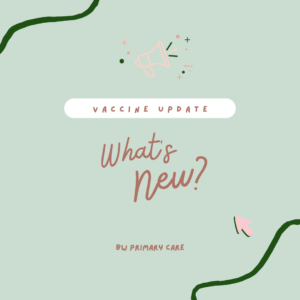Reasons why you might consider getting the spring booster:
- Adults over 75 years;
- Adults over the age of 65 years with a comorbidity; and,
- Moderate or severely immunocompromised;
- Anyone who did not receive the bivalent vaccine (fall) to date.
If you are not in the above categories, your urgency is significantly reduced (since viral rates are very low) and one could wait until there is a new surge of occurrences.
If you are in the above categories, then the next question is timing: When was your last infection or vaccine?
- 6+ months ago: Go get a spring booster today.
- 4-6 months: Schedule one, but you don’t need to rush to the pharmacy.
- <4 months: Wait. But do not wait until past May/June, so that you enough runway time before the (anticipated) fall vaccine.
What is the risk of getting the vaccine – why wouldn’t I “just do it”?
There are very small but notable risks of doing anything, including a vaccination, which is why we constantly re-evaluate a benefit to risk analysis.
- Myocarditis. This is the biggest risk of COVID-19 vaccines but is really only a problem for adolescents. (Benefits still outweigh risks. There is also a risk of myocarditis from COVID-19 infection.)
- Side effects. Some people get their butt kicked from side effects immediately after the vaccine. Some just don’t have the ability to be out of commission for a few days.
- Imprinting. We know imprinting is a thing with COVID-19. And, we should expect imprinting. (Read a deep dive here.) The biggest influence of imprinting occurs after first exposure to the virus (through vaccine or infection). We still don’t have good evidence that imprinting is harming protection, though.
- Unknown unknowns. We simply don’t know the risks of stimulating the immune system with 6 shots in 2 years, too. There are always unknown risks, albeit small.
_______________________________________
We will keep you posted as things change. We have come a long way and there is much less to be anxious about in general.
In Wellness,
-Your BWPC Team.
